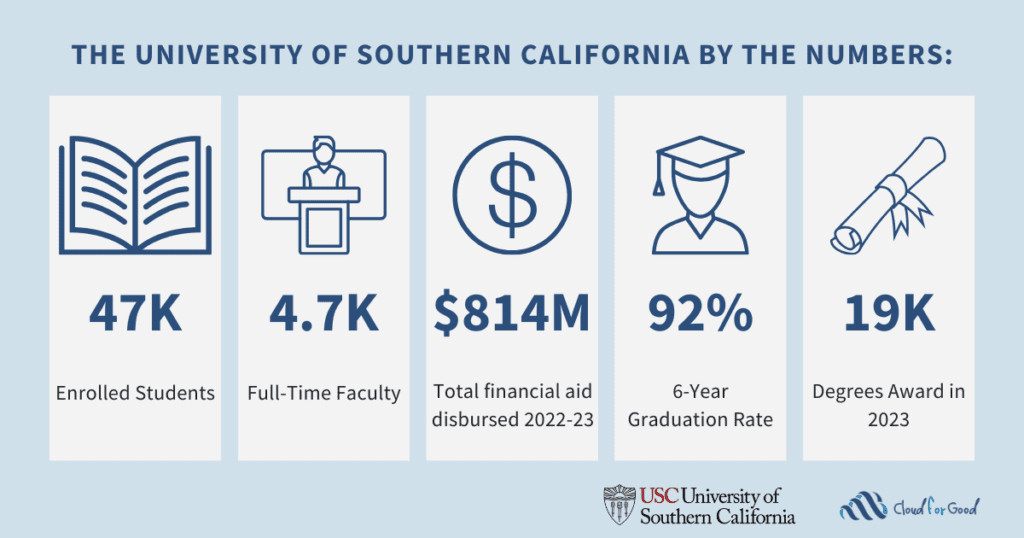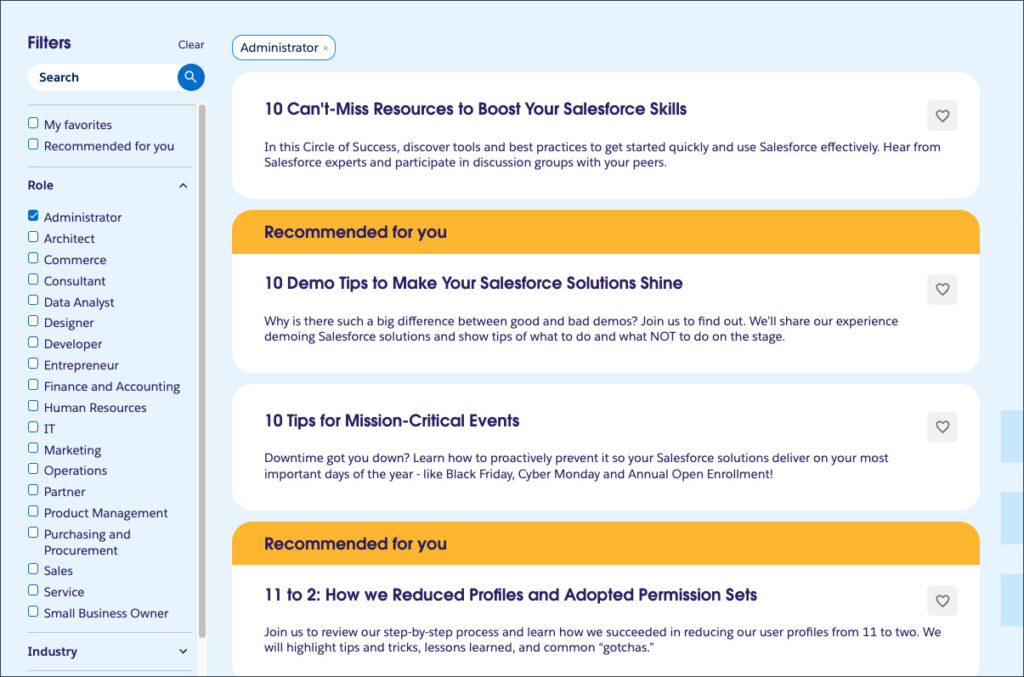SMS scams have surged by more than 300% since 2020, driven by the explosion of online activity and digital transactions. What started with pandemic-related fraud – fake vaccine alerts, stimulus payments, and health advisories – has evolved into a sophisticated ecosystem of SMS-based phishing and impersonation scams.
These scams don’t just impact individuals – they damage brand trust, strain customer support, and expose businesses to regulatory risks.So what can organizations do to protect themselves and their customers? Let’s take a look at eight steps businesses can take right now.
The anatomy of an SMS scam surge
Before we dive into solutions, it’s worth examining what made SMS such an attractive channel for scammers in the first place:
- Cross-border transactions are now the norm, and scammers often operate from countries with weak or unenforced regulations. This puts them largely out of reach of legal consequences.
- Awareness gaps persist. Many users don’t know what threats look like or how to safely manage personal and financial info via SMS.
- Education from banks and platforms is inconsistent, and safeguards like two-factor authentication (2FA) are still not universally enforced.
- Startups and messaging platforms especially smaller or fast-scaling providers are sometimes onboarding senders without proper due diligence, unintentionally giving malicious actors a way in.
Watch the Marketing Cloud keynote on Salesforce+
See the new features in action and hear from Salesforce product leaders about this new era of marketing. Available to watch anytime you’d like!



Who’s held responsible for SMS scams?
In short — not enough parties are.
While the U.S. has frameworks like the Telephone Consumer Protection Act (TCPA), enforcement is inconsistent. Globally, regulatory standards vary widely.
What’s needed:
- Stronger oversight of messaging platforms and aggregators
- Clear accountability for negligent onboarding practices
- Global industry alignment on risk, compliance, and enforcement
How to spot red flags in the inbox
Now that we’ve looked at what’s driving the rise in SMS scams, let’s explore how these attacks actually show up on your phone, and most important, how to identify them before falling for one.
From fake toll fee notices to urgent bank alerts, scammers use familiar names and pressure tactics to trick people into clicking. Here are some of the most common SMS scam types in circulation today, especially in the U.S.
1. Recognize common SMS scam types
The first step to avoiding SMS scams is to understand them. Here are some real-world examples targeting U.S. audiences:
Bank phishing scam (Chase, Bank of America, etc.)
“Bank of America Alert: Unusual activity detected. Verify your account immediately: [fraud-link.com]”
Red Flag: Reputable banks never ask for credentials or verification via SMS.
USPS delivery scam
“USPS: Your package is on hold due to unpaid customs fees. Pay $1.20 to release: [fake-usps-tracking.com]”
Red Flag: USPS doesn’t request payments or personal details via SMS links.
IRS tax refund scam
“IRS: You’re eligible for a $1,500 refund. Submit info here to claim: [scam-refund.org]”
Red Flag: The IRS never initiates contact via SMS for refunds, audits, or payments.
Social security suspension scam
“SSA Notice: Your Social Security Number has been suspended. Call us immediately: (888) 123-4567”
Red Flag: The Social Security Administration (SSA) does not suspend social security numbers or send threats via text.
Prize/contest scam
“You’ve won a $1,000 Walmart gift card! Claim your prize now: [scam-link.biz]”
Red Flag: Major retailers don’t award prizes without entry and never ask for personal info via text.
Mobile carrier account fraud (AT&T, Verizon, T-Mobile)
“T-Mobile Alert: Your bill could not be processed. Update your payment method: [spoofed-link.com]”
Red Flag: Contact your carrier directly. Real messages typically use verified short codes.
Fake job offer
“You’ve been selected for a remote position paying $500/week. No interview needed. Apply now: [shadyjobsite.net]”
Red Flag: Legitimate employers won’t skip interviews or communicate only via SMS.
Fake Toll Fee Notification
“E-ZPass: You have an unpaid toll fee of $12.50. Avoid late charges — pay now: [fake-tollpay.us]”
Red Flag: These messages often impersonate E-ZPass, SunPass, or TxTag, and include urgent payment language with suspicious links.
Tip: Make all users aware of these scams to avoid clicking links from unknown senders and report suspicious messages by forwarding them to 7726 (SPAM).
2. Use two-factor authentication (2FA)
2FA is a simple, highly effective defense against unauthorized access.
Despite its effectiveness, many services still don’t enforce it. Businesses should:
- Implement 2FA across all logins and critical customer workflows.
- Educate customers on how and why to enable 2FA.
3. Enforce strong sender verification practices
Scammers often exploit weak vetting processes. To stop this:
- Vet all new messaging senders through background checks.
- Only partner with messaging providers who follow CTIA guidelines and TCPA compliance.
- Leverage Verified SMS or branded sender programs where available.
4. Use artificial intelligence and machine learning (ML) to detect spam at scale
At Salesforce, we integrate AI and ML into our messaging infrastructure to:
- Detect suspicious delivery patterns in real time
- Throttle or block spam campaigns before they reach recipients
- Continuously evolve our filters based on threat patterns
These systems protect both brands from exploitation and end users from phishing.
5. Prioritize consent and compliance
Use clear opt-in flows, maintain records, and respect opt-out requests.
Non-compliant messaging can result in:
- Legal action under the Telephone Consumer Protection Act (TCPA)
- Damage to brand reputation
- Campaign blocking by carriers
Salesforce Marketing Cloud includes tools for consent management, subscriber segmentation, and audit tracking.
6. Choose partners with global regulation readiness
Cross-border scams flourish in regions with weak regulation. Your messaging provider should:
- Stay current with regional laws (e.g., GDPR, CASL, TCPA).
- Provide clear compliance documentation and pre-built guardrails.
- Offer insights on local channel best practices and limitations (Short Codes vs Long Codes vs Alphanumeric Sender IDs).
7. Secure your infrastructure
Many data leaks result not from scammers, but from misconfigured cloud systems. To prevent this:
- Implement strict IAM (Identity & Access Management) policies.
- Encrypt messaging data at rest and in transit.
- Regularly audit systems and rotate keys/passwords.
8. Build awareness among employees and customers
The human factor remains the biggest vulnerability.
- Train internal teams to recognize fraud attempts and escalate properly.
- Provide safety tips to customers proactively via onboarding emails or account notifications.
- Consider including scam warning banners for transactional messages.
- Example Banner Text (Inline or Footer of SMS):
[Brand Name] will never ask for your account number, password, or payment details via text. - Or if space is limited (like in an actual SMS):
[Brand] will never ask for personal info by SMS.
- Example Banner Text (Inline or Footer of SMS):
Security Tip: Always verify links before clicking. [Brand] will never request sensitive information like passwords or payment details via SMS.
The Salesforce perspective: Trust is the foundation
At Salesforce, we do not tolerate spam or misuse of messaging channels. Our Marketing Cloud products include:
- Spam detection layers to identify suspicious activity
- Consent-first tools for ethical engagement
- Global compliance controls across SMS, WhatsApp, and more
Our goal is to help brands not just reach inboxes, but build trust that lasts.
SMS scams aren’t just a security issue — they’re a trust issue. Brands that stay ahead of the curve with strong sending practices, compliant infrastructure, and smart tooling will protect both their reputation and their customers.
The tools are available. The risks are real. Now is the time to act.
It’s not just about compliance – it’s about protecting customer confidence in every interaction.







